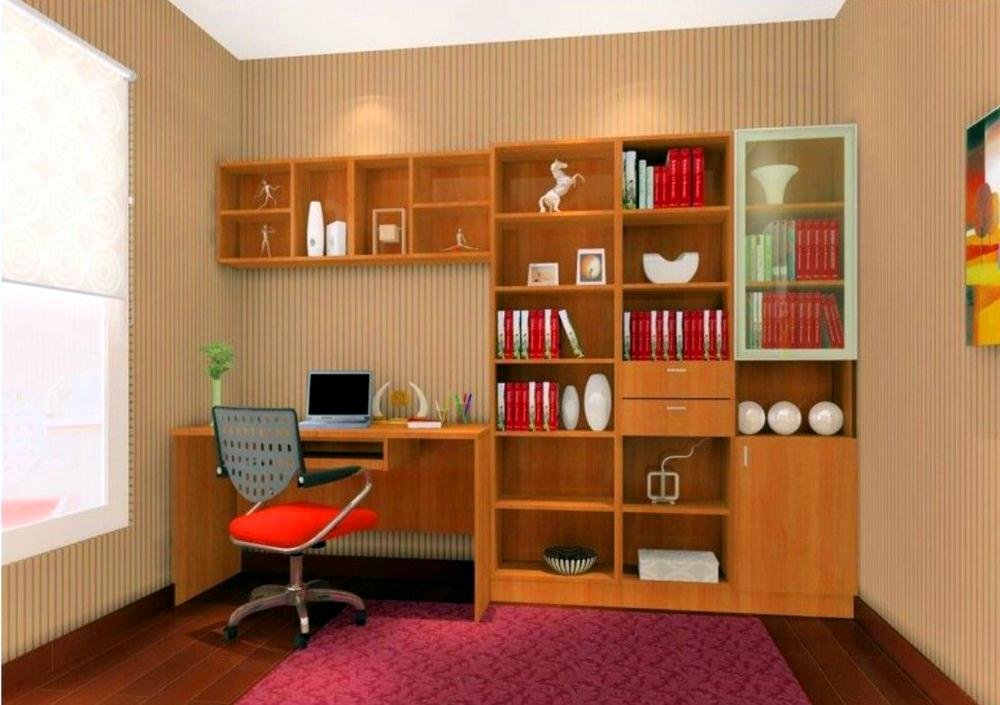Top the Sensory Room : Helping Students with Autism Focus and Learn in 2023

What is a Sensory Room?
- Definition of a sensory room
- History of sensory rooms
- Sensory room equipment and tools
- Sensory room setup and design
Read More: Top 10 Education Systems in the World.
Sensory Room Benefits for Students with Autism
- How sensory rooms benefit students with Autism
- Sensory room therapy
- The positive impact of sensory rooms on behavior and emotions
- Improved learning outcomes

Creating an Effective Sensory Room
- Key factors to consider when creating a sensory room for students with autism
- Sensory room equipment and tools to include
- Sensory room design tips
- Best practices for sensory room use
How to Incorporate Sensory Room Activities into the Curriculum
- Integrating sensory room activities into lesson plans
- Collaborating with special education teachers and therapists
- Ensuring sensory room activities align with curriculum standards
- Measuring the effectiveness of sensory room activities
Sensory Room Success Stories
- Real-world examples of successful sensory rooms in schools
- Student progress and improvements
- Positive feedback from parents, teachers, and students helps students with autism focus and learn.
Challenges and Solutions
- Common challenges in implementing and maintaining sensory rooms
- Solutions to overcome challenges
- Best practices for sensory room sustainability
- Recap of the importance of sensory rooms for students with autism
- Call to action for schools to implement sensory rooms
- Final thoughts on the benefits of sensory rooms for students with autism.
Sensory rooms have become an increasingly popular tool in schools to help students with autism focus and learn. These rooms are designed to provide a calming and stimulating environment where students can explore and engage their senses. In this article, we examine the benefits of sensory rooms for students with autism, how to create an adequate sensory room, how to incorporate sensory room activities into the curriculum, success stories, challenges, and solutions. helping students with autism focus and learn.
A sensory room is a specially designed space that provides a variety of sensory experiences for students. It typically includes equipment and tools such as sensory swings, light displays, weighted blankets, and textured surfaces. Sensory rooms are designed to help students with autism regulate their sensory processing and improve their ability to focus, learn, and interact with their environment. helping students with autism focus and learn.
Studies have shown that sensory rooms have a positive impact on behavior, emotions, and learning outcomes for students with autism. Sensory room therapy has been found to reduce anxiety, increase social interaction, and improve attention span. By incorporating sensory room activities into the curriculum, students with autism can receive a customized and engaging learning experience that meets their unique needs. helping students with autism focus and learn.
Creating an effective sensory room requires careful consideration of the equipment, tools, and design elements. Key factors to consider include the age and needs of the students, the size and layout of the room, and the budget. Sensory room equipment and tools should be selected based on the specific needs of the students and the desired outcomes. The sensory room should also be designed to provide a calming and welcoming environment that promotes relaxation and learning. helping students with autism focus and learn.
Incorporating sensory room activities into the curriculum requires collaboration between special education teachers and therapists. Sensory room activities should be aligned with curriculum standards and measured for effectiveness. Sensory room success stories have shown that students with autism have made significant progress and improved behavior, emotions, and learning outcomes. helping students with autism focus and learn.
Despite the benefits of sensory rooms, there are also some challenges in implementing and maintaining them. One common challenge is the cost of setting up a sensory room, which can vary depending on the equipment and tools needed. Additionally, ensuring the safety of students in the sensory room is a critical concern. Schools must follow safety guidelines and ensure that the equipment is regularly inspected and maintained. helping students with autism focus and learn.
Another challenge is ensuring the sustainability of the sensory room. Schools must have a plan in place to ensure that the sensory room is used regularly and that the equipment and tools are properly maintained. Best practices for sensory room sustainability include regular staff training, monitoring student progress, and incorporating feedback from parents and students.

Conclusion
In conclusion, sensory rooms are a valuable tool for helping students with autism focus and learn. By providing a customized and engaging learning experience, sensory rooms can have a positive impact on behaviour, emotions, and learning outcomes. While there are some challenges in implementing and maintaining sensory rooms, best practices and collaboration can overcome these challenges. It is time for schools to invest in sensory rooms and provide their students with the best possible learning environment. helping students with autism focus and learn.
FAQs
1. Are sensory rooms only beneficial for students with autism?
A: No, sensory rooms can be beneficial for all students who have sensory processing difficulties or who need a calming space to focus and learn.
2. How much does it cost to set up a sensory room in a school?
A: The cost of setting up a sensory room can vary depending on the equipment and tools needed. Schools should consult with experts and develop a budget that meets their needs. helping students with autism focus and learn.
3. Are there any safety concerns with using a sensory room?
A: Yes, safety is a critical concern when using a sensory room. Schools must follow safety guidelines and ensure that the equipment is regularly inspected and maintained. helping students with autism focus and learn.
4. Can sensory room activities replace traditional classroom instruction?
A: No, sensory room activities should be integrated into the curriculum and supplement traditional classroom instruction. helping students with autism focus and learn.
5. What are some common misconceptions about sensory rooms?
A: One common misconception is that sensory rooms are only beneficial for students with severe autism. In reality, sensory rooms can benefit students with a wide range of sensory processing difficulties. Another misconception is that sensory rooms are a luxury rather than a necessary tool for student success. helping students with autism focus and learn.
Thank you for reading this article on the benefits of sensory rooms for students with autism. If you are a parent or educator of a student with autism, we encourage you to consider the benefits of sensory rooms and explore ways to incorporate them into your student’s learning environment.
By providing a sensory-friendly space, schools can support the needs of their students and help them reach their full potential. With the right equipment, tools, and best practices, sensory rooms can positively impact behaviour, emotions, and learning outcomes.
If you have any questions or comments about sensory rooms or the information presented in this article, please feel free to reach out to us. We would be happy to provide more information and support to help you create a sensory-friendly environment for your student. helping students with autism focus and learn.
We hope that this article has been helpful in providing you with a better understanding of the benefits of sensory rooms for students with autism. If you are interested in setting up a sensory room in your school or home, we recommend that you consult with experts in the field to develop a plan that meets your needs and budget.
Remember, sensory rooms are just one tool that can support the learning and development of students with autism. It is important to work collaboratively with parents, educators, and other professionals to develop a holistic approach to education that addresses the unique needs of each student.
Thank you for taking the time to read this article, and we wish you all the best in creating a supportive and inclusive learning environment for students with autism.
In conclusion, sensory rooms can be a game-changer for students with autism. They provide a safe and engaging space where students can learn and thrive. By incorporating sensory activities into their learning environment, schools can support the unique needs of their students and help them reach their full potential. helping students with autism focus and learn.
It is essential for schools to invest in sensory rooms and collaborate with experts to ensure that they are designed, implemented, and maintained in a way that is safe and effective. By working together, educators, parents, and professionals can create a learning environment that is inclusive, supportive, and empowering for all students.
Thank you for reading this article on the benefits of sensory rooms for students with autism. We hope that it has been informative and useful for you. If you have any questions or comments, please feel free to reach out to us. We would be happy to hear from you.







